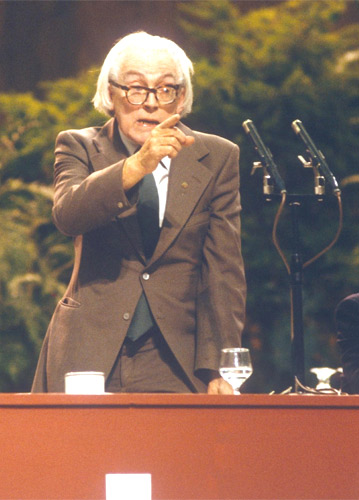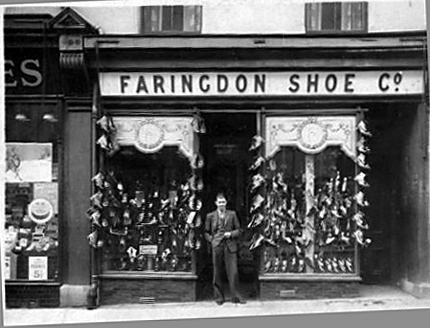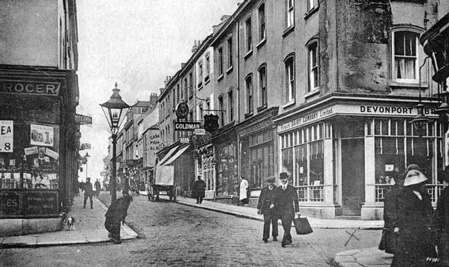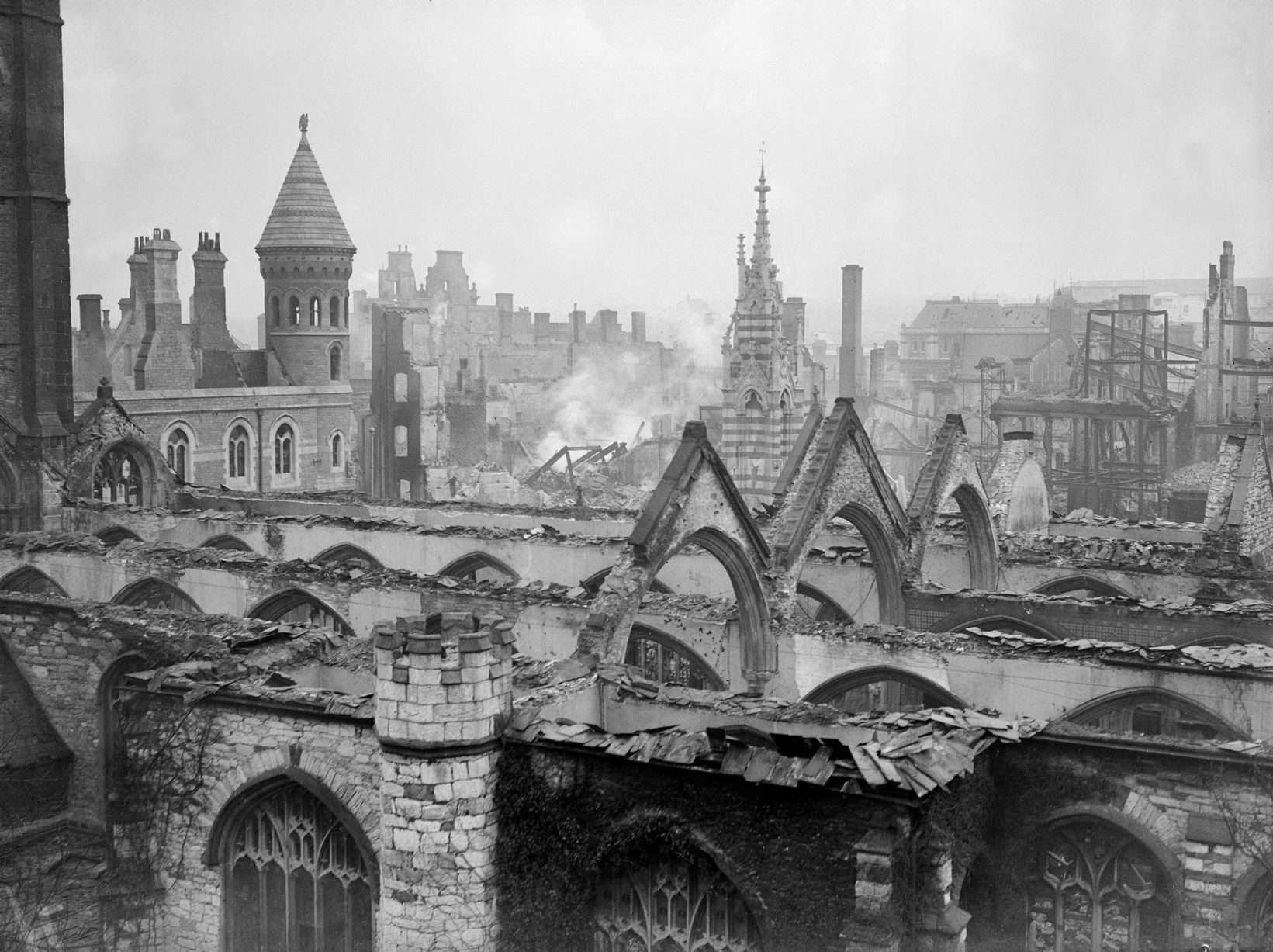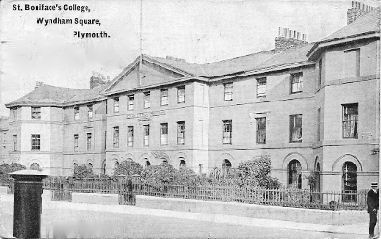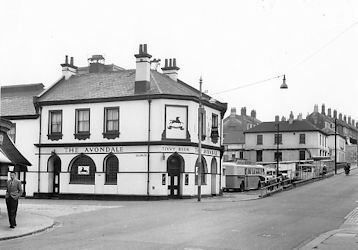I found myself at Keyham Barton Primary receiving a Catholic education to sit some monumental exam at 11 which would shape my future. That was the daily scenario at school.
Outside of school time, I could play and relax with my friends from the school providing I had fulfilled all the religious obligations. There was always an end wall to play football against or on better days a kick-about at North Down Recreation fields. At home was a different story, Mum and Dad were strong members of the Labour Party and they had been swept to government in 1945. Dad was the Agent running the elections in Ford Ward, which Keyham was part of.
There would always be things to do around November and December when the voting registers were issued. These would be cut up into streets and stuck onto strawcards about 12″ X 8″ with paste and and a brush. These were the canvas cards which from about March would be used by canvas teams in the election for Council in May. One councillor would retire to seek re election or retire completely each year. If three councillors from the same party won seats, an Alderman would be appointed from that party and a by election held to replace a councillor. The Alderman was a six year period which meant in effect the senior members became Aldermen with no re election worries. Eventually this system was abolished but was in strong force in the mid 40’s.
Winter nights there was plenty to do and the preparation for the next election occupied quite a few nights in cold winter.
What also occupied quite a few winter nights was the Co-op Divi day. By now mum had taken to do most of her grocery shopping at the Co-op in Fleet Street and depending on the amount spent during the years stamps were issued to signify your resulting discount or dividend. At this time double-sided sticky sheets were given out. Like a large fly trap paper only touch a liquid near it and anything would stick to that. All these stamps had to be stuck on and passed in to the shop. The co-op office would then issue and bonus dividend on your account. You could let this accrue and go against a new purchase in the new big city centre Co-op shop on Royal Parade.
Winters were not too bad and there was always the radio to listen to, something for my age early on followed by an adventure series of Dan Date. Dad in the meantime would be marking up in blue those who had consistently voted Tory so we didn’t waste any time on them and if they did vote our way well that was a bonus you didn’t expect.
Maureen was also very active in the Party and was part of a speaking contest within the Party reaching the finals in Bristol a number of times. A team of three a chair, a speaker and a proposed of the vote of thanks from various constituencies around the region competed for a shield for the best team. I can recall Maureen who has always been an excellent orator was with Betty Passmore who also lived in Admiralty St and I think Kathleen O Donnel from Moor View.
Going back to the canvas cards, a system created by Harry Wright later. Sir Harry Wright was introduced. When the canvas was completed,those voting Labour were typed up on a typewriter or handwriten on a pad of six sheets of paper with carbons between each sheet.On election day these were used to do at least six knockups on those not crossed off from the polling station doors where voters numbers were taken.
During 1943 when Michael Foot was elected for Devon port his friend Ian Mikado came to support Michael and in the process saw this very crude system of record keeping. After returning to Reading where he too was elected he developed the system and it became the party’s system nationally.The fact that it was known as the Reading pad system always irked those in Plymouth and resulted in friendly friction between the two cities.
